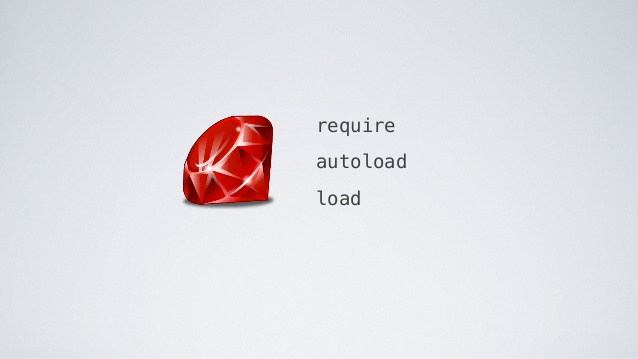How To Work with Arrays in Ruby
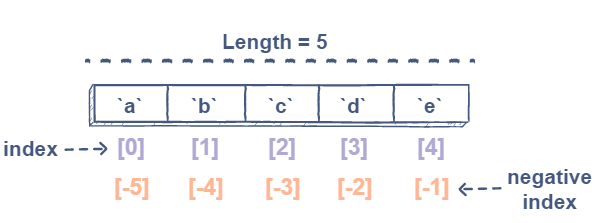
An array is a data structure that represents a list of values, called elements. Arrays let you store multiple values in a single variable. This can condense and organize your code, making it more readable and maintainable. And because arrays are objects with their own methods, they can make working with lists of data much easier.
Spring Boot And Spring MVC Detailed Comparision As Of 2020 It Eliminates All Your Doubts
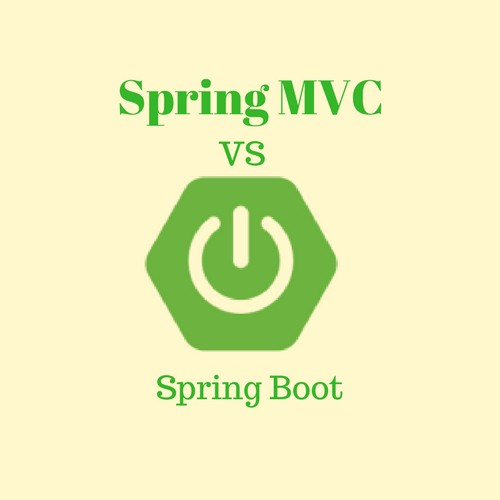
Spring is an application framework highly popular for the development of enterprise applications. It is built for Java and allows software developers to implement the enterprise systems of various sizes including POS, e-commerce, ERP, banking, and so on. The Spring Framework offers a comprehensive configuration and programming model for the latest enterprise applications based on Java on any type of deployment platform.
Introduction to Spring Framework

Prior to the advent of Enterprise Java Beans (EJB), Java developers needed to use Java Beans to create Web applications. Although JavaBeans helped in the development of user interface (UI) components, they were not able to provide services, such as transaction management and security, which were required for developing robust and secure enterprise applications. The advent of EJB was seen as a solution to this problem EJB extends the Java components, such as Web and enterprise components, and provides services that help in enterprise application development. However, developing an enterprise application with EJB was not easy, as the developer needed to perform various tasks, such as creating Home and Remote interfaces and implementing...
Spring Boot Security + JWT Hello World Example
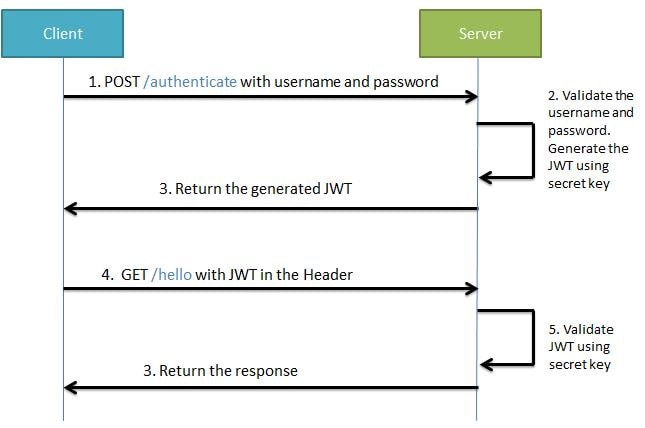
In this tutorial, we will be developing a Spring Boot application that makes use of JWT authentication for securing an exposed REST API. In this example, we will be making use of hard-coded user values for user authentication. In the next tutorial, we will be implementing Spring Boot + JWT + MYSQL JPA for storing and fetching user credentials. Any user will be able to consume this API only if it has a valid JSON Web Token (JWT). In a previous tutorial, we learned what is JWT and when and how to use it.
Top 10 Spring Boot Interview Questions
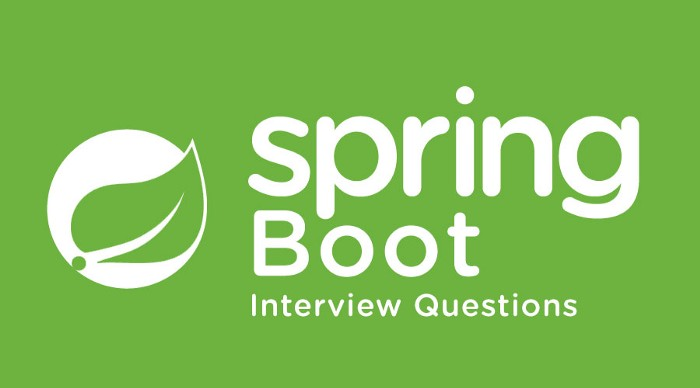
In this article, we will discuss some top 10 interview questions in Spring Boot. These questions are a bit tricky and trending heavily, nowadays, in the job market.
Netflix OSS and Spring Boot — Coming Full Circle

In 2007, Netflix started on a long road towards fully operating in the cloud. Much of Netflix’s backend and mid-tier applications are built using Java, and as part of this effort Netflix engineering built several cloud infrastructure libraries and systems — Ribbon for load balancing, Eureka for service discovery, and Hystrix for fault tolerance. To stitch all of these components together, additional libraries were created — Governator for dependency injection with lifecycle management and Archaius for configuration. All of these Netflix libraries and systems were open-sourced around 2012 and are still used by the community to this day.
Deploying Spring Boot Applications
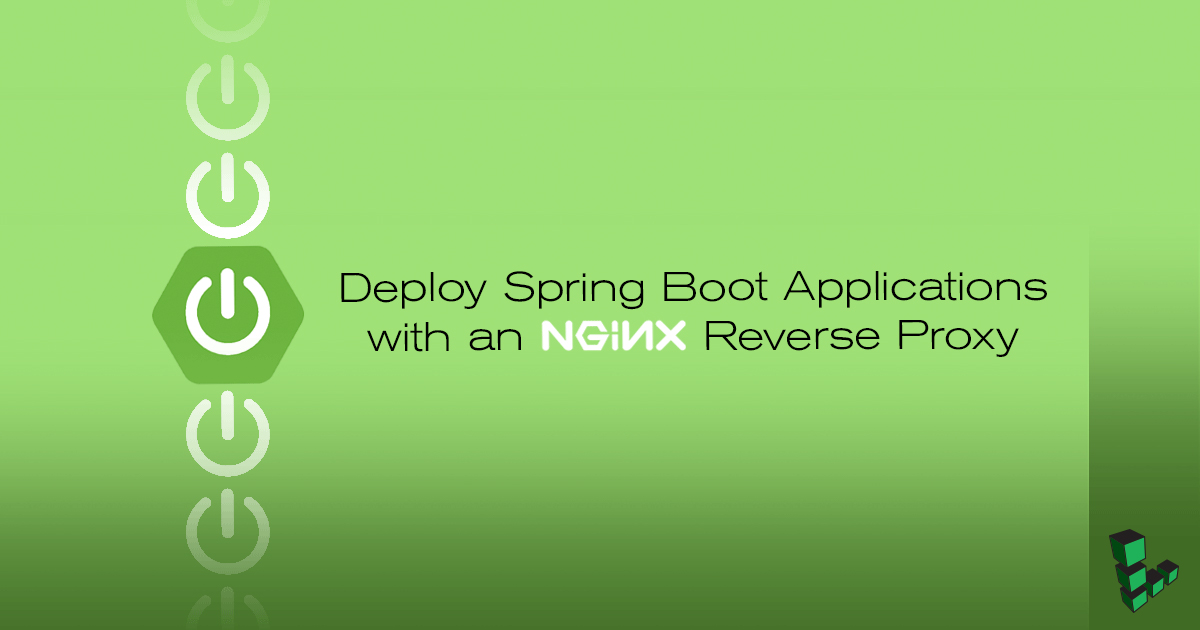
Spring Boot applications can be deployed into production systems with various methods. In this article, we will go through step by step deployment of Spring Boot applications via the following 5 methods:
Deploying a full-stack Spring boot, Mysql, and React app on Kubernetes with Persistent Volumes and Secrets
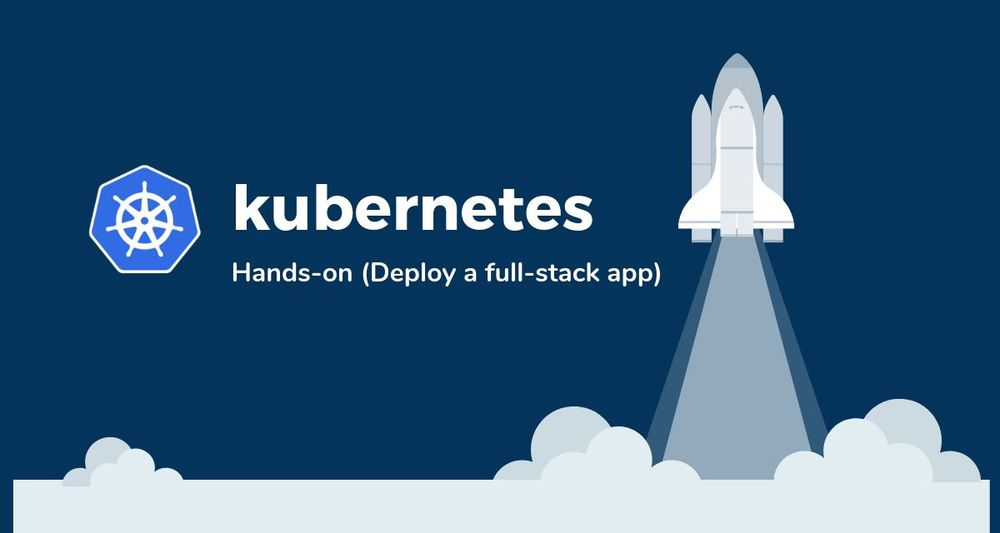
In this article, you’ll learn how to deploy a Stateful app built with Spring Boot, Mysql, and React on Kubernetes. We’ll use a local minikube cluster to deploy the application. Please make sure that you have kubectl and minikube installed in your system.
10 Useful Tips For Ruby On Rails Developers

Rails is a model-view-controller Web framework written in the Ruby programming language. One of its great appeals is being able to quickly crank out CRUD-based Web applications. A big advantage of Rails over other frameworks is that it values convention over configuration. If you follow the correct conventions, you can avoid lengthy configuration of files, and things just work! Therefore, you spend less time writing boring config files and more time focusing on business logic.
